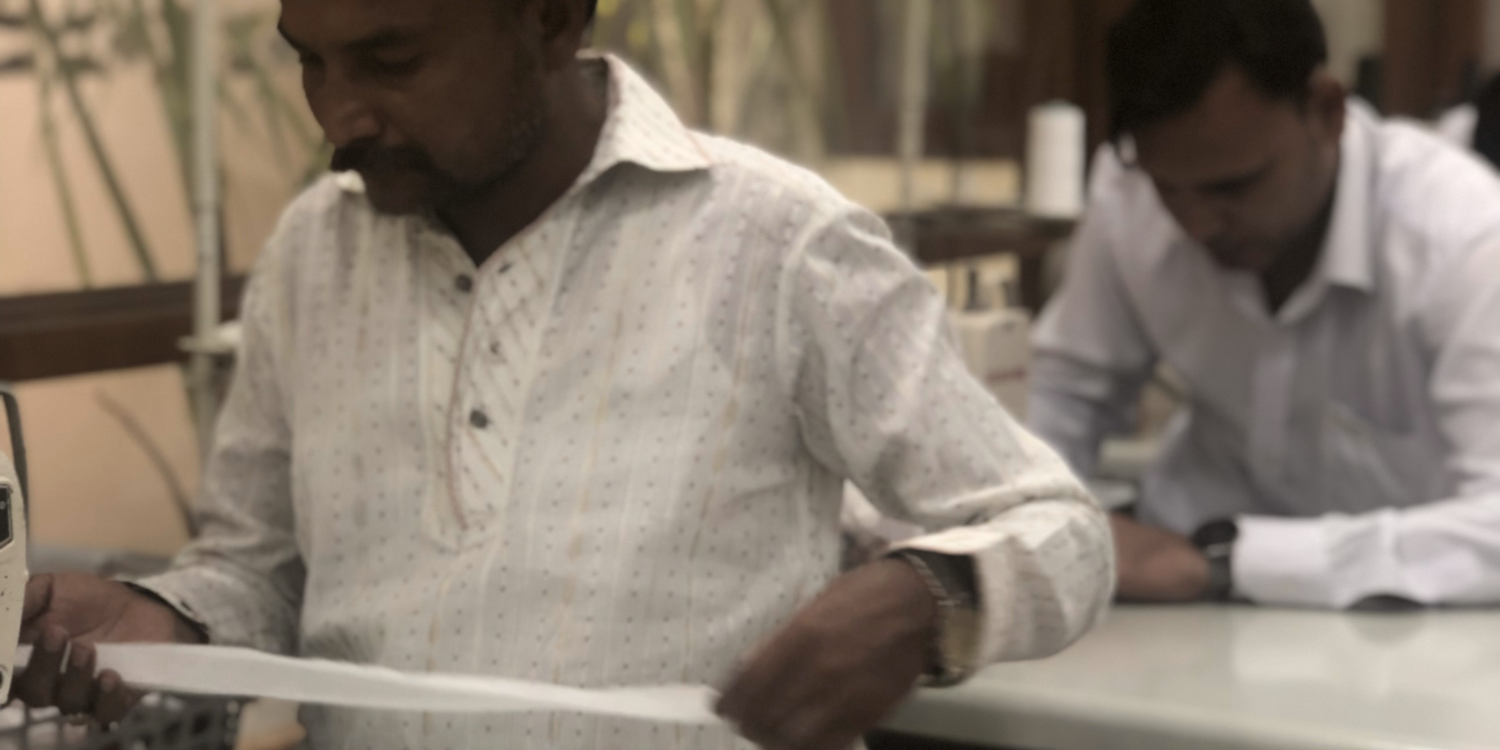
Fast Fashion VS Slow Fashion
You may have noticed that Slow Fashion and Fast Fashion are expressions used increasingly often in the retail industry. But what do these two terms mean? And why is the distinction between both concepts now more necessary than ever?
As its terminology indicates Fast Fashion and Slow Fashion are conceptions of fashion that relate differently to time. Fast Fashion believes that trends in retail change frequently and that, accordingly, collections in stores should reflect these changes.
Some Fast Fashion retailers have even made the case that they have democratized the fashion experience – no longer reserved for the elite, fashion is available and accessible to all. Thanks to Fast Fashion, everyone can afford to wear the latest trends, and to regularly experience the short-lived high of a new fashion purchase and the pleasure of wearing something new. Thus, Fast Fashion relies primarily on low prices: so everyone can indulge frequently in new trends. Secondly it relies on rapid turnovers: apparels evolve from the design stage to the retail floor in only a matter of weeks
To produce large quantities rapidly and at a low price, Fast Fashion’s supply costs must be kept low and use cheap materials (eg: petroleum based synthetic materials, rayon, nylon, copper, chromium), cheap manufacturing processes (heavy machinery, chemical dyeing processes), and of course cheap labor costs. Outsourcing production to developing countries with low minimum wages (Bangladesh, Cambodia, India for example) is an inevitable step in Fast Fashion production. Sometimes these countries do not respect labor human rights. The result is a disposable $9 shirt you can buy at Zara that won’t survive 5 rounds of laundry. In short: Fast Fashion stands for quantity over quality.
What is Slow fashion then? Another trend? Clothing reserved exclusively to the wealthy? An antagonist to Fast Fashion? A political movement?
In some respects one might say that Slow Fashion is technically the opposite of Fast Fashion as more money, resources, and time are put into the confection of one garment. Unlike the $1.44 trillion dollar industry that is Fast Fashion, Slow Fashion consists of small-owned businesses that produce generally locally on a slower scale. The result is often higher prices.
Ideologically, Slow Fashion is less preoccupied with keeping up with trends than with the quality and sustainability of what it produces. Sustainability is a principle applied both to how it produces garments (in a way respectful of the environment and human rights) and what it produces (garments of quality that last). Slow fashion falls right in line with minimalism in that it will encourage the consumer to own ten essentials that last instead of 1000 disposables. Slow Fashion requests us to slow down consumption to decrease fashion production, raw material depletion, in order to allow the earth’s regenerative capabilities to take place.
Slow Fashion is as much technical as it is ideological for it represents what is “eco”, “ethical” and “green” in one unified practice and philosophy. Carl Honoré, author of “In Praise of Slowness”, argues that the ‘slow approach’ intervenes as a revolutionary process in the contemporary world because it encourages taking time to ensure quality production, to give value to the product, and contemplate the connection with the environment.




1 comment
Great work. Please check out this blog on fast fashion’s environmental impact https://www.redcosmos.in/fast-fashion-environmental-impact/
Gargi
Leave a comment
This site is protected by hCaptcha and the hCaptcha Privacy Policy and Terms of Service apply.